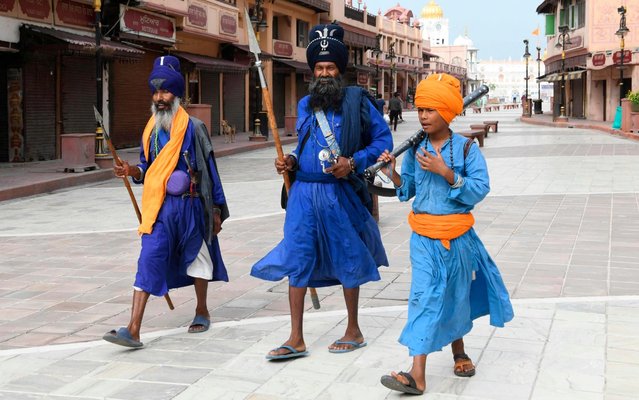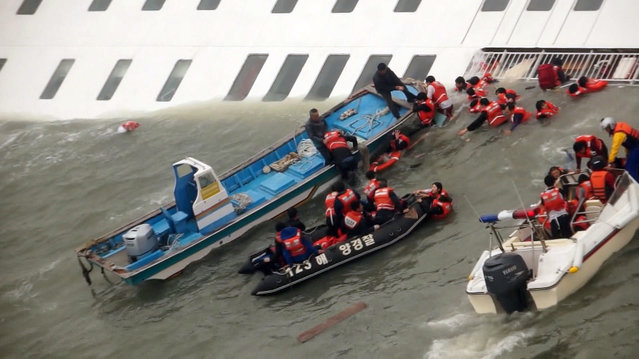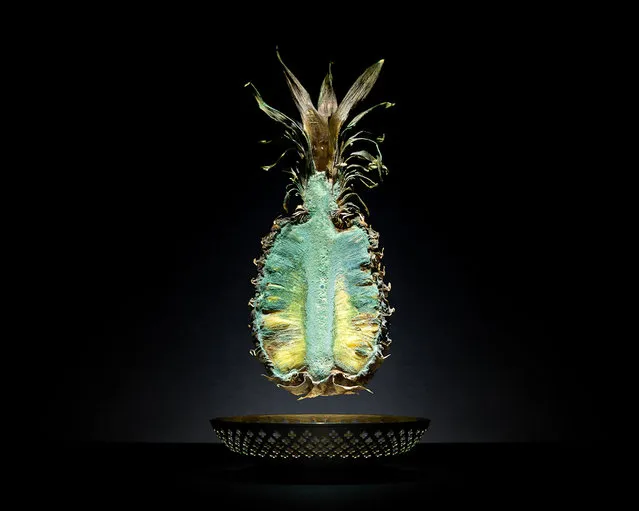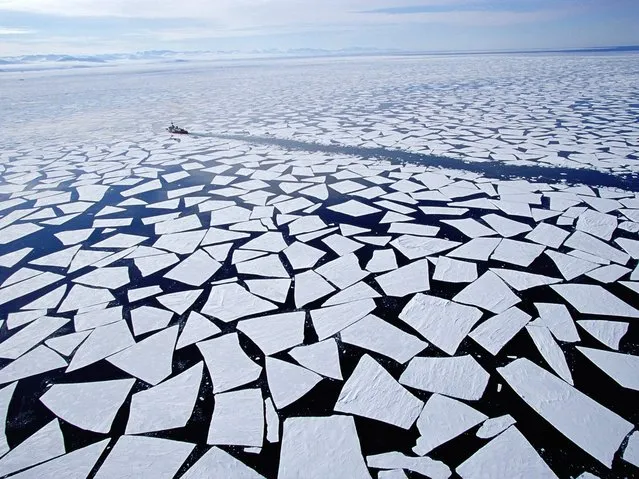
Sikh Nihang's Singh (Sikh warriors) walk along the empty Heritage Street after strict lockdown norms for weekends and public holidays were imposed as a preventive measure against the COVID-19 coronavirus, in Amritsar on June 13, 2020. (Photo by Narinder Nanu/AFP Photo)
23 Jun 2020 00:05:00,post received
0 comments







